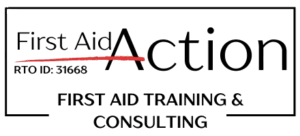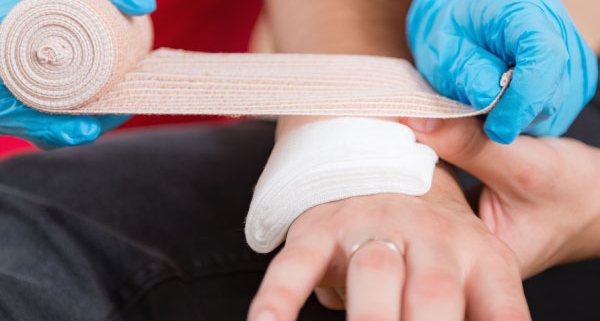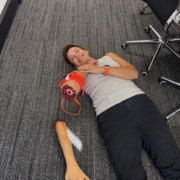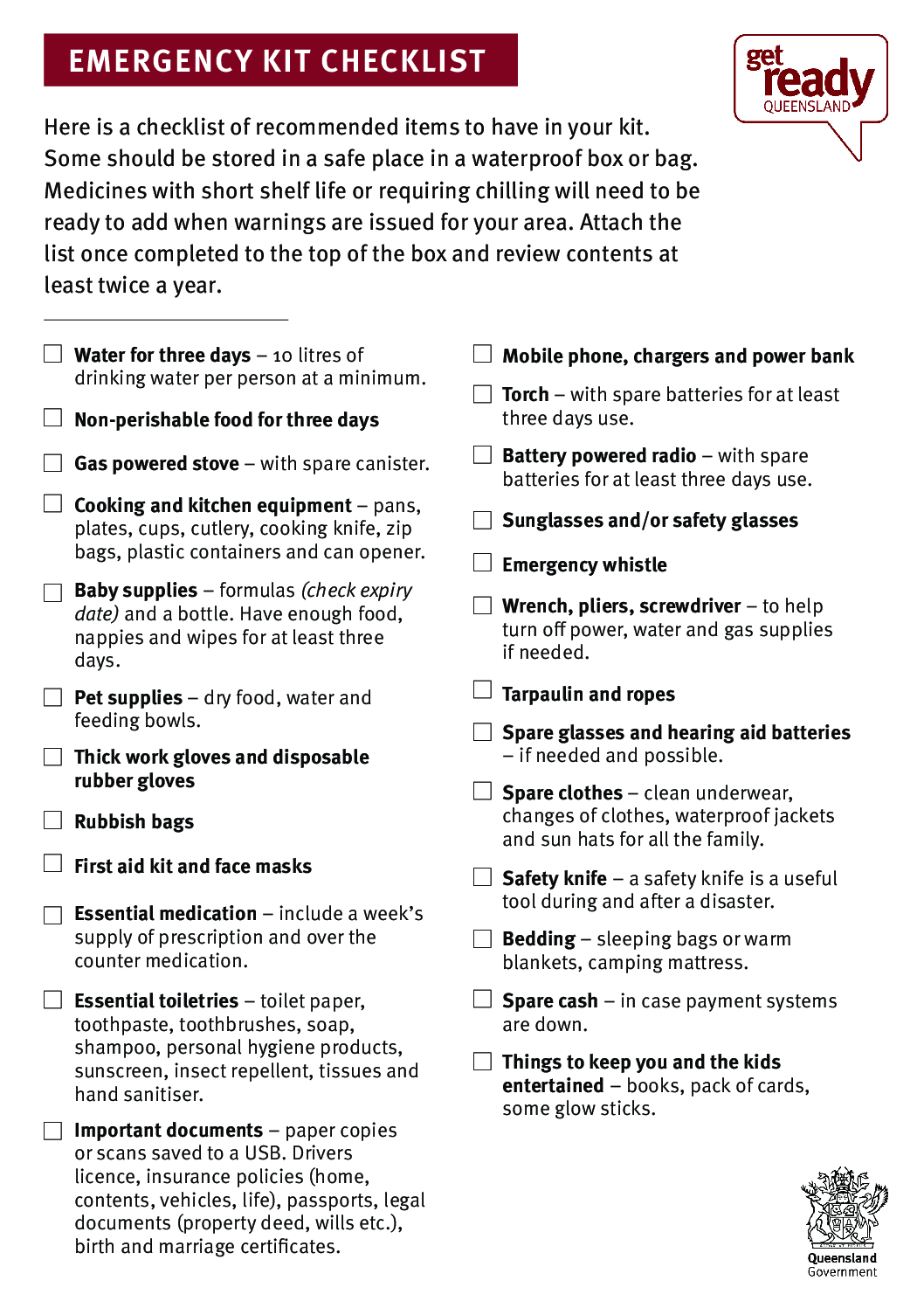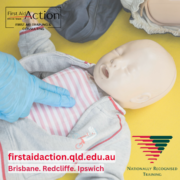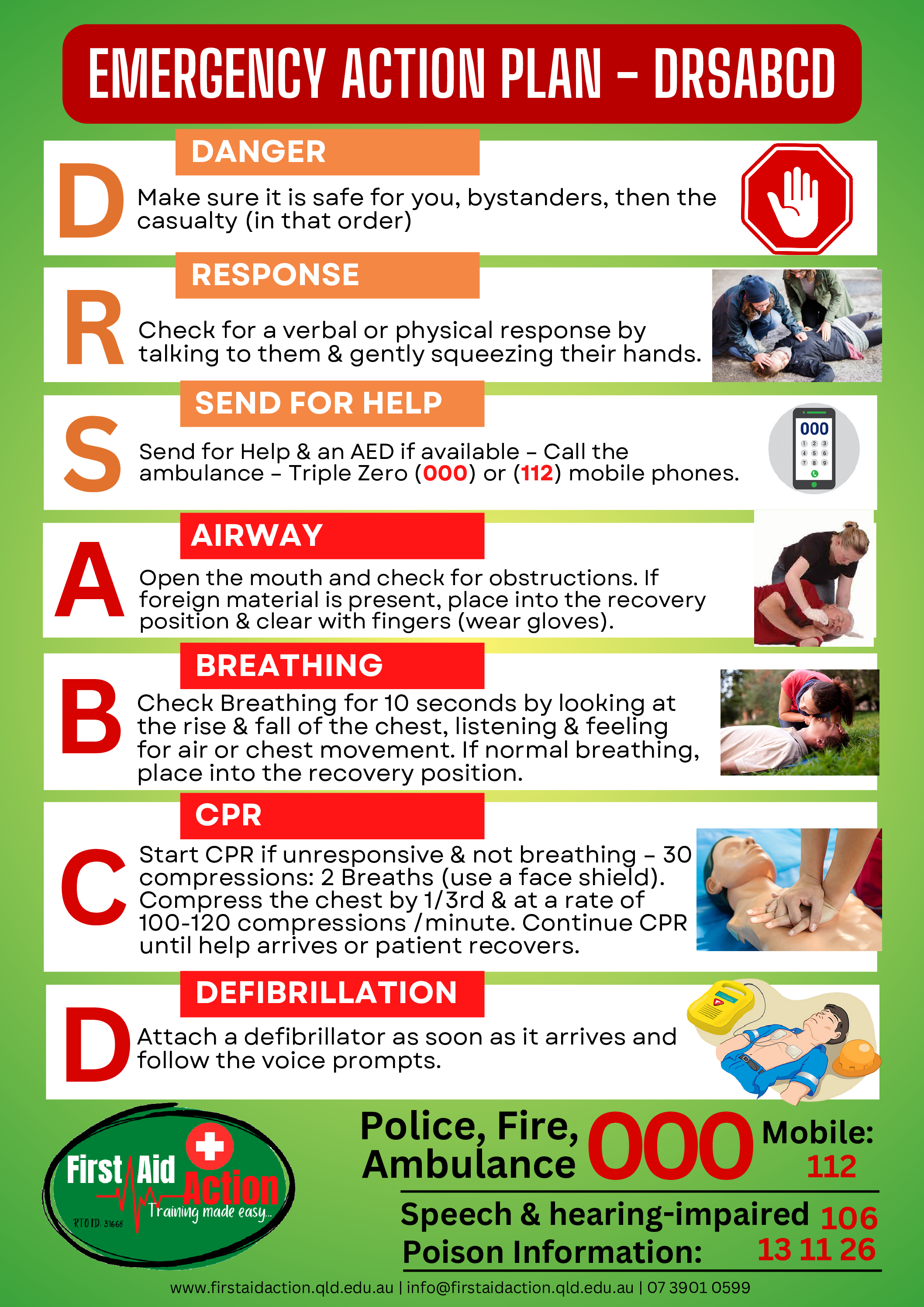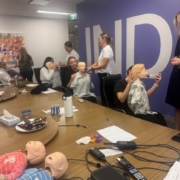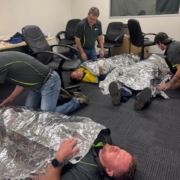First Aid Risks Associated With Flooding
During a flood, first aid risks include drowning, cuts and wounds from debris, contaminated water leading to infections, and potential exposure to hazardous materials or animals.
Here’s a more detailed breakdown of the first aid risks associated with flooding:
Immediate Risks:
-
Drowning:Floodwaters can rise rapidly and unexpectedly, leading to drowning, especially in areas with strong currents.
-
Cuts and Wounds:Floodwaters can carry debris, including broken glass, sharp objects, and submerged items, which can cause cuts, scrapes, and puncture wounds.
-
Trauma:Fall
-
ing debris, collapsing structures, and the force of floodwaters can cause injuries like fractures, sprains, and concussions.
-
Electrocution:Floodwaters can come into contact with downed power lines, posing a serious risk of electrocution.
-
Hypothermia:Prolonged exposure to cold floodwaters can lead to hypothermia, especially if people are caught in the water or become wet.
Infection Risks:
-
Contaminated Water:Floodwaters can be contaminated with sewage, bacteria, and chemicals, increasing the risk of waterborne diseases and infections.
-
Skin Infections:Contact with floodwater can lead to skin infections, especially if there are cuts or abrasions.
-
Infectious Diseases:Exposure to floodwater can lead to the spread of diseases like leptospirosis and melioidosis.
-
Wound Infections:Cuts and wounds exposed to contaminated floodwater are at a higher risk of infection.
Other Risks:
-
Exposure to Hazardous Materials:Flooding can cause the release of hazardous materials from damaged infrastructure or industrial sites, posing risks to health.
-
Animal Encounters:Flooding can displace animals, including venomous snakes, increasing the risk of encounters.
-
Allergic Reactions:Floodwaters can carry pollen and other allergens, potentially causing allergic reactions.
First Aid Considerations:
-
Clean Wounds:Thoroughly clean any cuts or wounds with clean water and soap or antiseptic wipes/solutions to prevent infection.
-
Dress Wounds:Cover wounds with sterile bandages to keep them clean and protect them from further contamination.
-
Seek Medical Attention:Seek medical advice for any wounds that show signs of infection, such as redness, swelling, pain, or pus.
- Prevent Dehydration:
Ensure access to clean water and encourage people to stay hydrated.
- Monitor for Illness:
Be aware of the signs and symptoms of waterborne diseases and seek medical help if necessary. These may include: headaches, nausea and vomiting, stomach cramps, diahorrea.
-
Follow Emergency Instructions:Listen to and follow the instructions of emergency services and local authorities.
-
Stay Informed:Monitor local news and weather reports for updates on flood conditions and safety advice.Please feel free to email us at info@firstaidaction.qld.edu.au if you would like advice on first aid.
